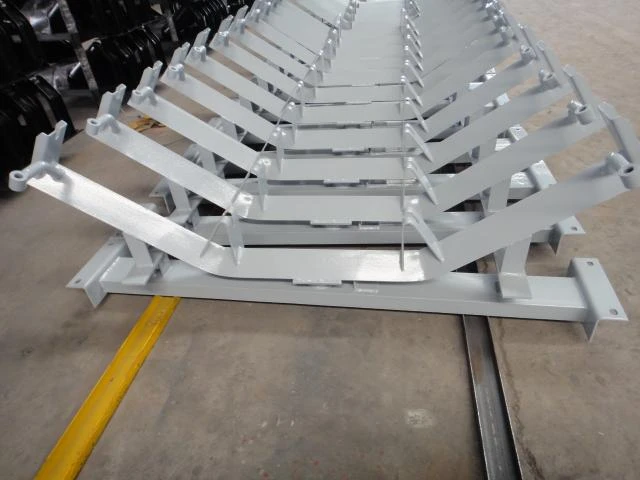 Afrikaans
Afrikaans  Albanian
Albanian  Amharic
Amharic  Arabic
Arabic  Armenian
Armenian  Azerbaijani
Azerbaijani  Basque
Basque  Belarusian
Belarusian  Bengali
Bengali  Bosnian
Bosnian  Bulgarian
Bulgarian  Catalan
Catalan  Cebuano
Cebuano  Corsican
Corsican  Croatian
Croatian  Czech
Czech  Danish
Danish  Dutch
Dutch  English
English  Esperanto
Esperanto  Estonian
Estonian  Finnish
Finnish  French
French  Frisian
Frisian  Galician
Galician  Georgian
Georgian  German
German  Greek
Greek  Gujarati
Gujarati  Haitian Creole
Haitian Creole  hausa
hausa  hawaiian
hawaiian  Hebrew
Hebrew  Hindi
Hindi  Miao
Miao  Hungarian
Hungarian  Icelandic
Icelandic  igbo
igbo  Indonesian
Indonesian  irish
irish  Italian
Italian  Japanese
Japanese  Javanese
Javanese  Kannada
Kannada  kazakh
kazakh  Khmer
Khmer  Rwandese
Rwandese  Korean
Korean  Kurdish
Kurdish  Kyrgyz
Kyrgyz  Lao
Lao  Latin
Latin  Latvian
Latvian  Lithuanian
Lithuanian  Luxembourgish
Luxembourgish  Macedonian
Macedonian  Malgashi
Malgashi  Malay
Malay  Malayalam
Malayalam  Maltese
Maltese  Maori
Maori  Marathi
Marathi  Mongolian
Mongolian  Myanmar
Myanmar  Nepali
Nepali  Norwegian
Norwegian  Norwegian
Norwegian  Occitan
Occitan  Pashto
Pashto  Persian
Persian  Polish
Polish  Portuguese
Portuguese  Punjabi
Punjabi  Romanian
Romanian  Russian
Russian  Samoan
Samoan  Scottish Gaelic
Scottish Gaelic  Serbian
Serbian  Sesotho
Sesotho  Shona
Shona  Sindhi
Sindhi  Sinhala
Sinhala  Slovak
Slovak  Slovenian
Slovenian  Somali
Somali  Spanish
Spanish  Sundanese
Sundanese  Swahili
Swahili  Swedish
Swedish  Tagalog
Tagalog  Tajik
Tajik  Tamil
Tamil  Tatar
Tatar  Telugu
Telugu  Thai
Thai  Turkish
Turkish  Turkmen
Turkmen  Ukrainian
Ukrainian  Urdu
Urdu  Uighur
Uighur  Uzbek
Uzbek  Vietnamese
Vietnamese  Welsh
Welsh  Bantu
Bantu  Yiddish
Yiddish  Yoruba
Yoruba  Zulu
Zulu Innovative Designs for Head Pulley Systems in Modern Industry Applications
The Head Pulley An Overview of Its Functionality and Applications
The head pulley is a crucial component in various mechanical systems, especially in industries that rely heavily on conveyor belts for transportation and processing of materials. This essential device can be seen in mining, recycling, manufacturing, and logistics, where its role is to ensure efficiency and effectiveness in material handling.
Functionality of the Head Pulley
At its core, the head pulley serves as a drive mechanism for conveyor belts. Placed at the end of the conveyor, the head pulley is connected to a motor that provides the necessary force to move the belt. When the motor operates, it causes the head pulley to rotate, which in turn pulls the belt along its surface. This transmission of motion is essential for transporting materials across the defined pathway of the conveyor system.
Head pulleys are designed to bear heavy loads and endure constant wear and tear. To accommodate the various loads, they are often constructed from durable materials such as steel or rubber. The surface of the pulley may be coated with different materials to enhance its grip on the conveyor belt, reducing slippage and improving the overall efficiency of the system.
Types of Head Pulleys
Head pulleys come in several configurations, each suited to specific applications. Two primary types are the drive pulley and the tail pulley. The drive pulley is the active component that turns the belt, while the tail pulley, located at the opposite end, provides tension and support to keep the belt taut. Furthermore, there are various designs of head pulleys, including crowned, flat, and rubber-lined variations, each tailored to different operational requirements.
Crowned pulleys, for example, are designed with a slight convex shape, which helps to keep the conveyor belt centered as it moves. This is particularly beneficial in long conveyor systems where lateral movement of the belt can occur. On the other hand, flat pulleys are simpler and often used in lighter-duty applications.
head pulley

Applications Across Industries
The versatility of head pulleys allows them to be used in a wide array of industries. In mining, they play a vital role in transporting ores and minerals from extraction sites to processing facilities. In recycling operations, head pulleys help move sorted materials to balers or shredders, enhancing the efficiency of waste management systems.
In the manufacturing sector, head pulleys are integral to assembly lines, where they facilitate the movement of components from one stage of production to another. Additionally, they are utilized in logistics and distribution centers, where large volumes of goods are transported and sorted for delivery. The smooth operation of conveyor belts equipped with head pulleys ensures timely processing and shipping, crucial for meeting modern consumer demands.
The Future of Head Pulleys
As industries continue to evolve with the introduction of advanced technologies, the design and functionality of head pulleys are likely to change as well. Innovations such as automation and smart sensors integrated into conveyor systems can enhance the operation of head pulleys. These technologies allow for real-time monitoring and adjustments, optimizing material handling processes and improving energy efficiency.
Furthermore, with a growing emphasis on sustainability, the materials used in the construction of head pulleys may shift toward more eco-friendly alternatives, promoting recyclable and less harmful production practices.
Conclusion
In summary, head pulleys are essential components in the machinery that drives many of today's industrial processes. Their design, functionality, and adaptability to various applications underscore their importance in enhancing efficiency and productivity across numerous sectors. As technology progresses, these devices will undoubtedly continue to evolve, reinforcing their role in the future of material handling and processing systems.
-
Revolutionizing Conveyor Reliability with Advanced Rubber Lagging PulleysNewsJul.22,2025
-
Powering Precision and Durability with Expert Manufacturers of Conveyor ComponentsNewsJul.22,2025
-
Optimizing Conveyor Systems with Advanced Conveyor AccessoriesNewsJul.22,2025
-
Maximize Conveyor Efficiency with Quality Conveyor Idler PulleysNewsJul.22,2025
-
Future-Proof Your Conveyor System with High-Performance Polyurethane RollerNewsJul.22,2025
-
Driving Efficiency Forward with Quality Idlers and RollersNewsJul.22,2025





























